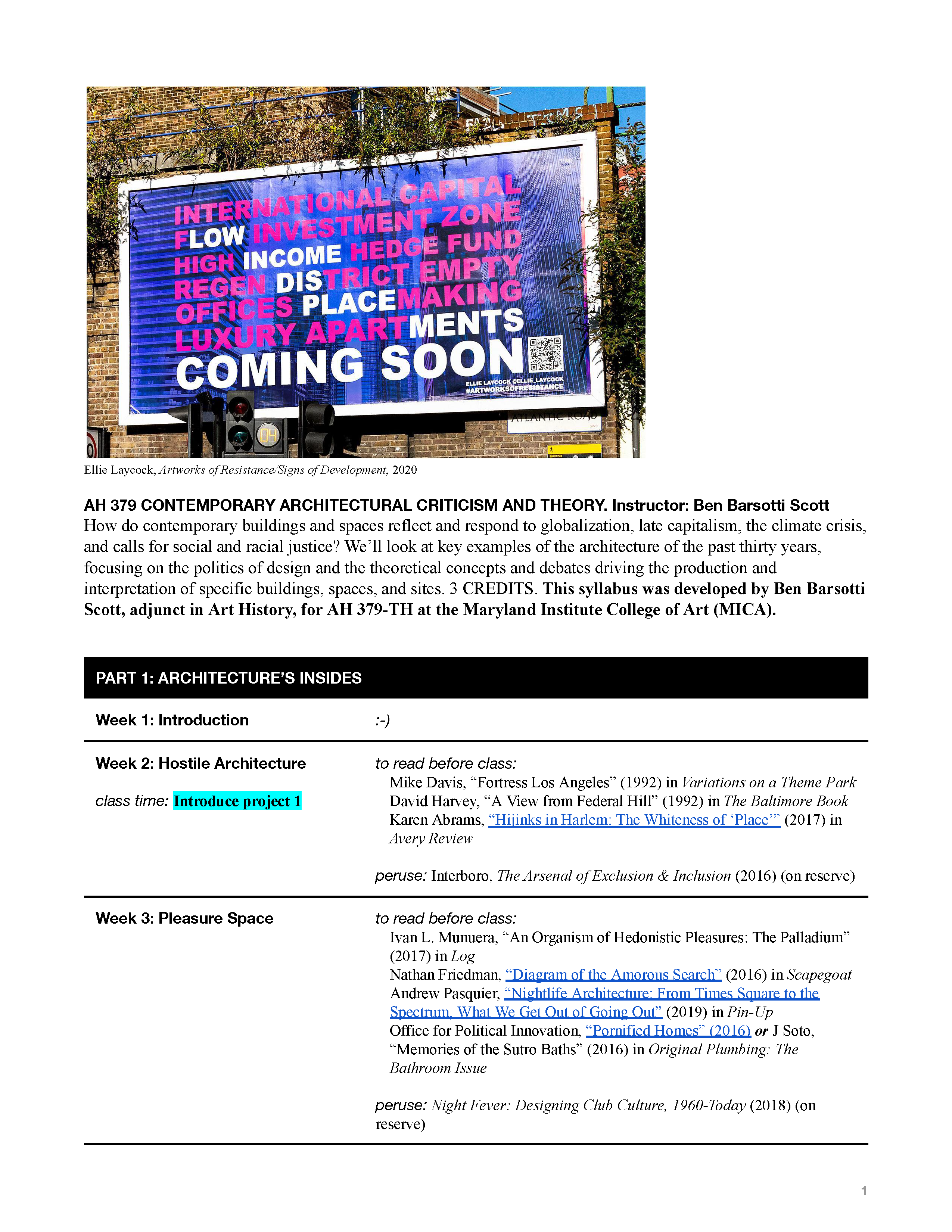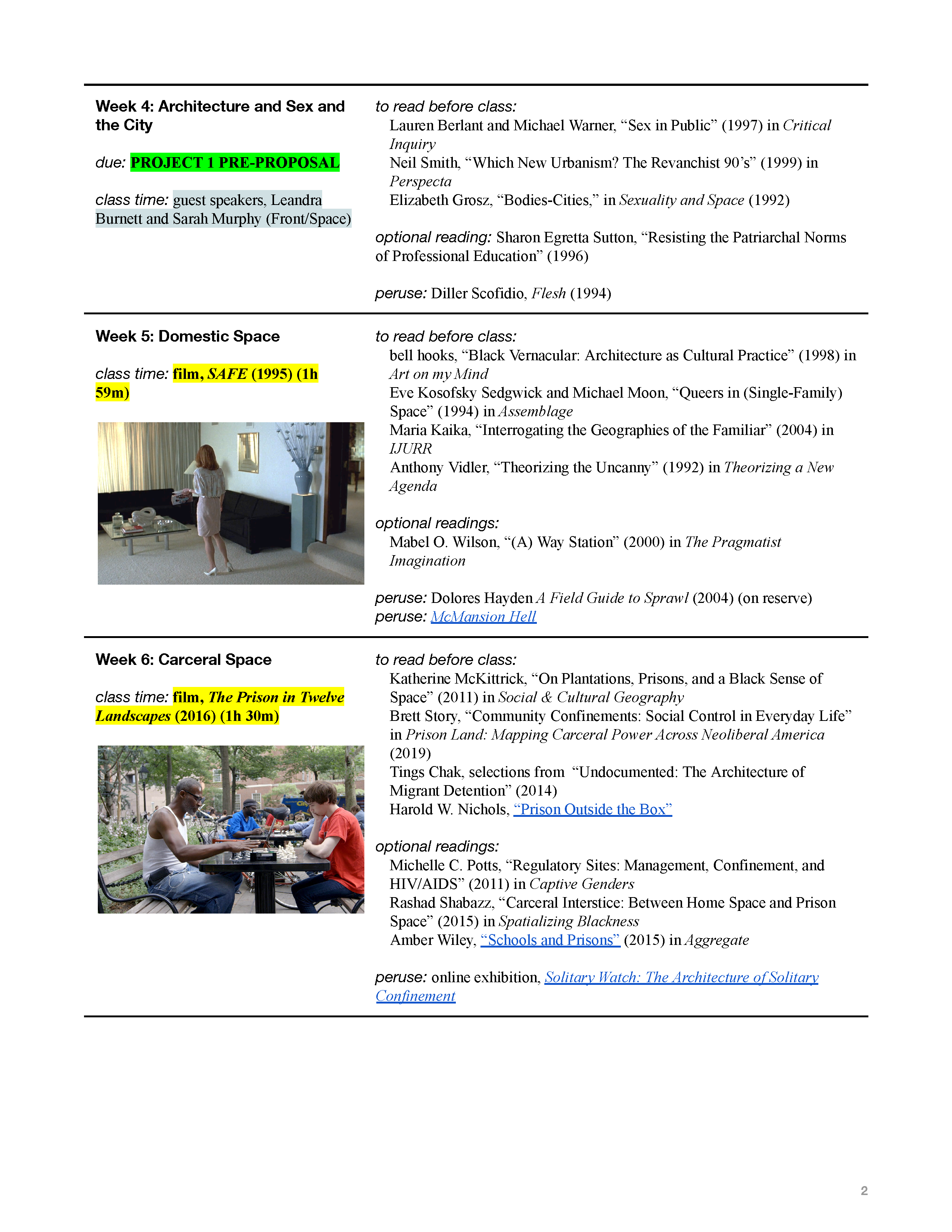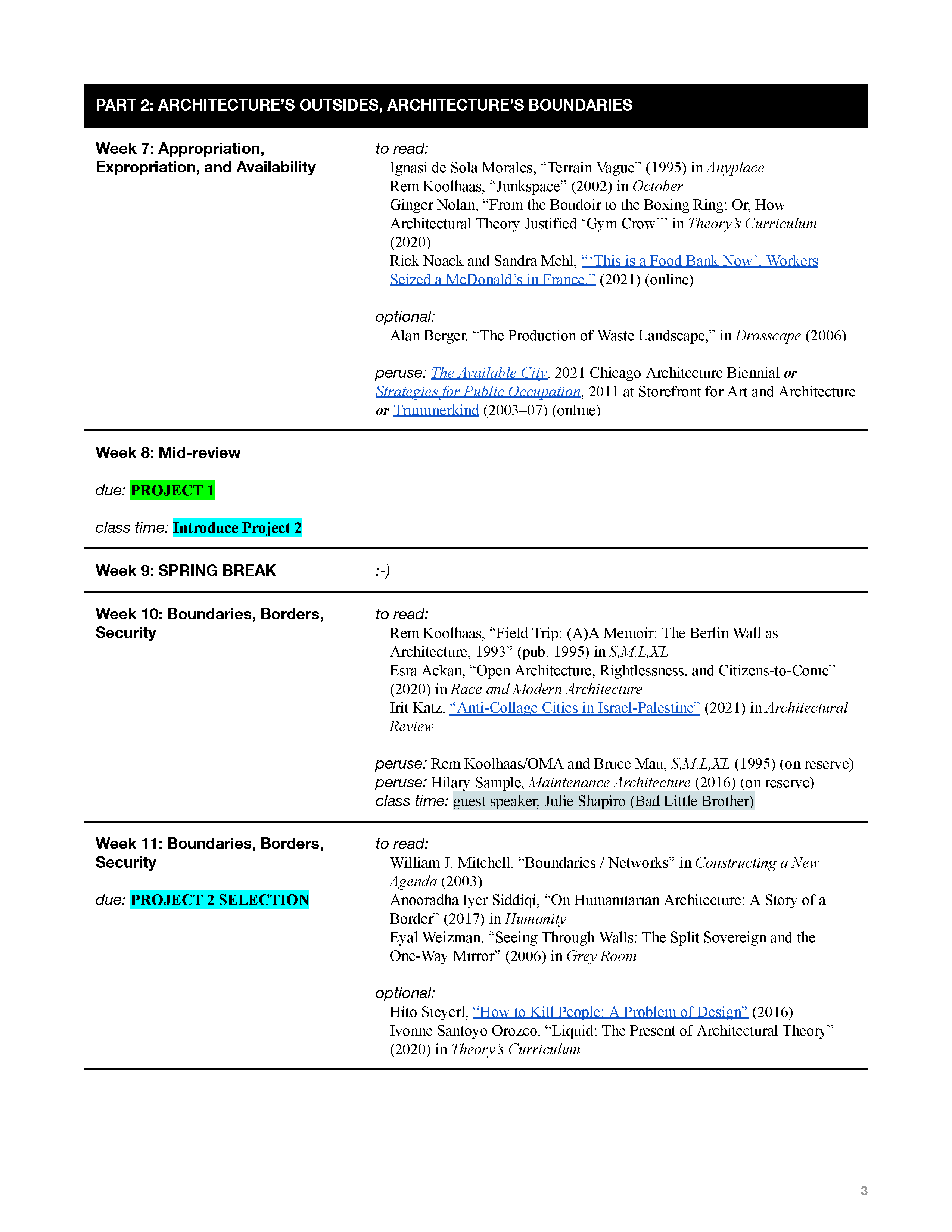RESEARCH
Canoe blockades, 1972
2024︎︎︎present
Canoe blockades, 1972
2024︎︎︎present
My dissertation research focuses on the 1972 People’s Blockade, a series of civilian occupations of US Naval terminals in New Jersey, Virginia, South Carolina, and Washington State. I am particularly interested in the civilian-led waterborne blockades that attempted to stop US Navy ships from redeploying for the Western Pacific.
If you were involved in a blockade and are interested in telling me about your experiences, please email me here. Please also reach out if you were active military on a ship that was blockaded by civilians.
![]()
![San Bernardino County Sun]()
![“Munitions Ship Blocked." Fragging Action, June 1972.]()
![“People’s Blockade: Leonardo.” WIN Magazine, August 1972.]()
![]()
![]()
![]()
Unless otherwise noted, all above images are sourced from the 1972 document “Why the People’s Blockade?” published by the American Friends Service Committee (AFSC).
If you were involved in a blockade and are interested in telling me about your experiences, please email me here. Please also reach out if you were active military on a ship that was blockaded by civilians.







Unless otherwise noted, all above images are sourced from the 1972 document “Why the People’s Blockade?” published by the American Friends Service Committee (AFSC).
RESEARCH
Hotel lobbies and Midtown’s distended public space
2024︎︎︎present
Hotel lobbies and Midtown’s distended public space
2024︎︎︎present
I’m currently developing a project on the architecture of hotel lobbies built in Midtown Manhattan between the 1960s and 80s. This project takes seriously Thomas Gieryn’s proposal that buildings stabilize social life but do so “imperfectly.” I approach the lobbies of the Marriott Marquis and the New York Hilton at Rockefeller Center as formal attempts to destabilize the continuum between street and bar that, according to George Chauncey, facilitated commercialized sex along 42nd Street and throughout the Theater District in the 20th century. Drawing on planning materials of the late 1960s through early 1990s, I suggest that urban buildings’ inability to resolve the contradictions of urban life offers a replenishing source of urban crises to be managed by a professionalizing class of city administrators. In this regard, I depart from Gieryn’s original assumption to suggest that, while buildings’ incompleteness opens up a space for transgression it also creates new sites for state power and surveillance.
![]()
![William Pahlmann Associates. New York Hilton - Place Lautrec, 1961. William Pahlmann papers (Accession 2388), Manuscripts and Archives Department, Hagley Museum and Library]()
![A. Szabo for William Pahlmann Associates. Place Lautrec Restaurant, New York Hilton Hotel, 1961-4. William Pahlmann papers (Accession 2388), Manuscripts and Archives Department, Hagley Museum and Library]()

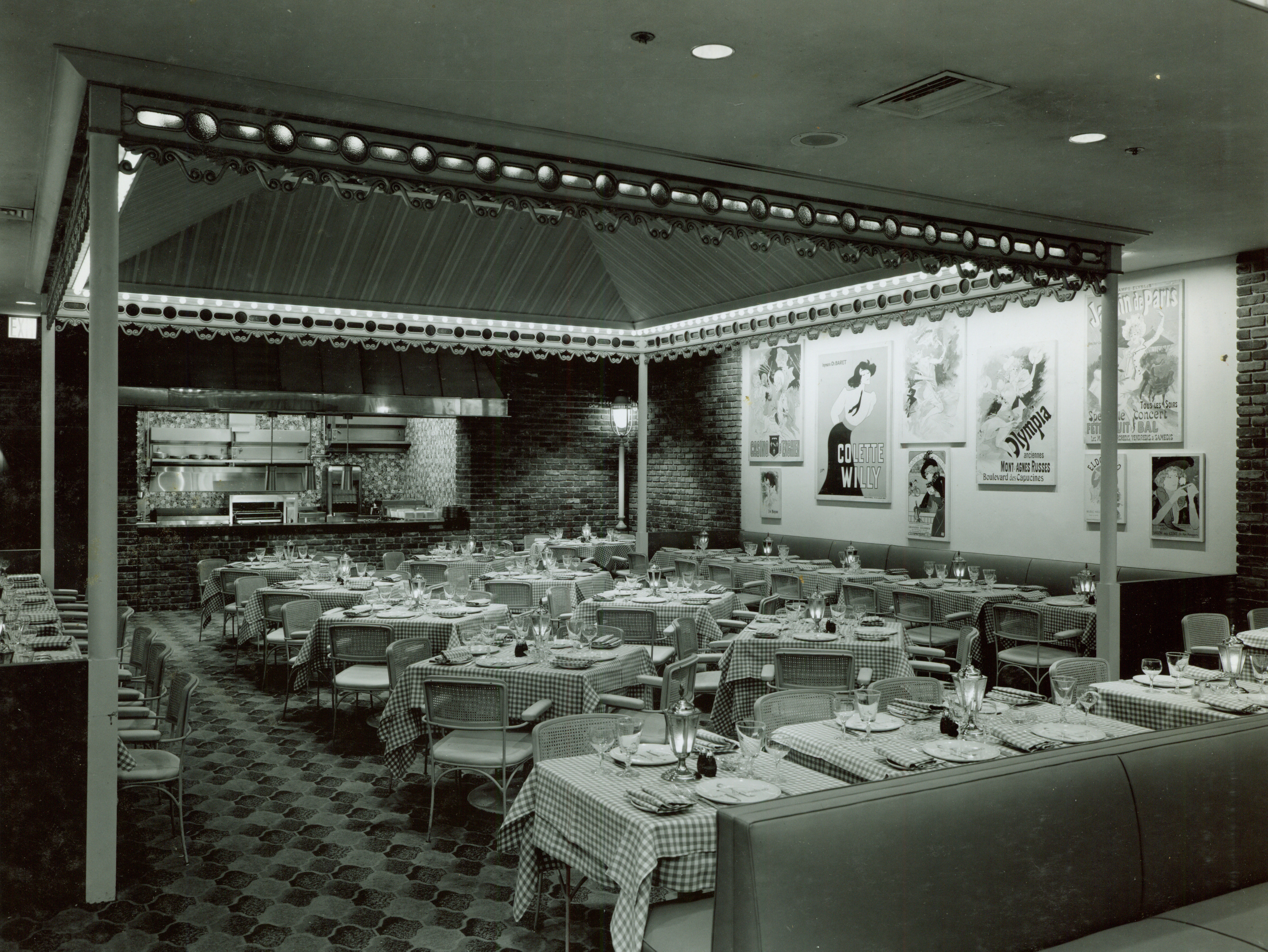
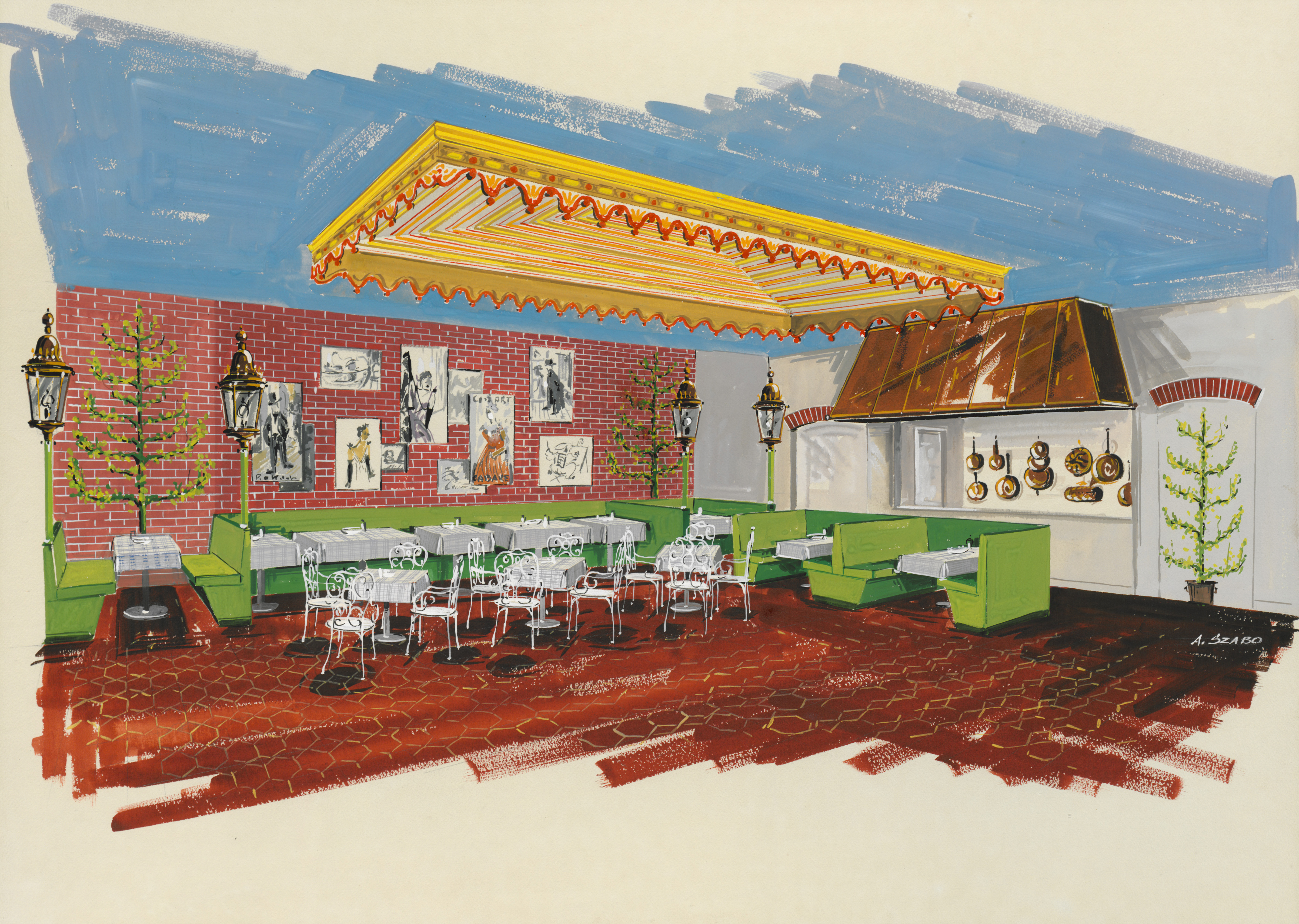
RESEARCH
Newtown toxic creek
2023︎︎︎present
Newtown toxic creek
2023︎︎︎present
Following my review of Newtown Odyssey: An open-air opera for, about, and on a creek for the New York Review of Architecture, I conducted interviews with the opera’s composer and librettist. I’m currently developing an academic article that further explores Newtown Odyssey’s fallen hero, Citizen Scientist #1, as a paranoid figure of US settler colonialism.
![]()

RESEARCH
“Anti-Assimilationist Landscape”
2017︎︎︎2023
“Anti-Assimilationist Landscape”
2017︎︎︎2023
An essay on the queer spatial practices of Collier Schorr and David Benjamin Sherry.
Through a study of two queer contemporary photographers working with landscape imagery, I proposes a theory of “anti-assimilationist landscape”: a politicized rejection of the conventions of landscape imagery and the repressive systems of land ownership, gender, and nation-building it sustains. Collier Schorr and David Benjamin Sherry make landscape images in sites with histories of gendered settler-colonial and white supremacist violence. The essay argues that their works function as both interpretation of those sites and a queer reclamation of them, enacting a political ecology of difference that can allow for a politics outside of the liberal democratic notion of citizenship rights and the fascist notion of ‘blood and soil.’ Arguing for its applicability to landscape architecture theory and practice, I contrast this anti-assimilationist mode to the turn-of-the-millennium concept of ‘eco-revelation,’ proposing instead a queer aesthetics of obscuring and the potential of ‘becoming illegible’ as an environmentalist practice. You can read the article in Journal of Landscape Architecture: “Anti-Assimilationist Landscape: Becoming Illegible as Queer Resistance to State Power.”
![]()
![]()
![]()
![]()
All Collier Schorr images were reproduced courtesy of 303 Gallery, New York.
All David Benjamin Sherry images were reproduced courtesy of Morán Morán.
Through a study of two queer contemporary photographers working with landscape imagery, I proposes a theory of “anti-assimilationist landscape”: a politicized rejection of the conventions of landscape imagery and the repressive systems of land ownership, gender, and nation-building it sustains. Collier Schorr and David Benjamin Sherry make landscape images in sites with histories of gendered settler-colonial and white supremacist violence. The essay argues that their works function as both interpretation of those sites and a queer reclamation of them, enacting a political ecology of difference that can allow for a politics outside of the liberal democratic notion of citizenship rights and the fascist notion of ‘blood and soil.’ Arguing for its applicability to landscape architecture theory and practice, I contrast this anti-assimilationist mode to the turn-of-the-millennium concept of ‘eco-revelation,’ proposing instead a queer aesthetics of obscuring and the potential of ‘becoming illegible’ as an environmentalist practice. You can read the article in Journal of Landscape Architecture: “Anti-Assimilationist Landscape: Becoming Illegible as Queer Resistance to State Power.”
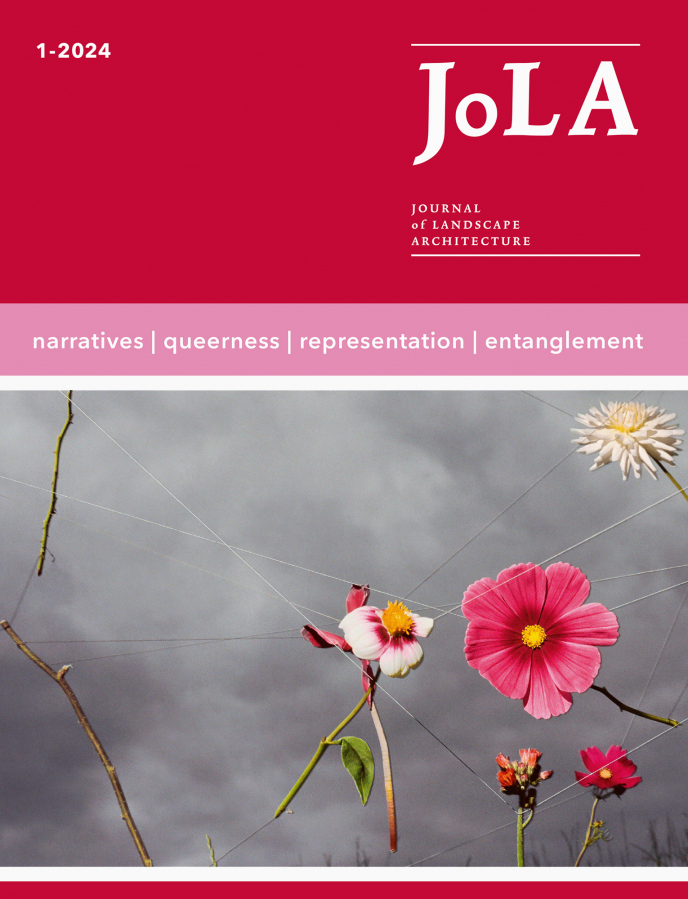



All Collier Schorr images were reproduced courtesy of 303 Gallery, New York.
All David Benjamin Sherry images were reproduced courtesy of Morán Morán.
TEACHING
MICA AH-379 Contemporary Architecture Criticism and Theory
2022
MICA AH-379 Contemporary Architecture Criticism and Theory
2022
In Spring 2022, I designed and taught an advanced undergraduate seminar on contemporary architectural theory. 379-AH Contemporary Architecture Criticism & Theory at the Maryland Institute College of Art (MICA). You can access the full syllabus here.
![]()
![]()
![]()
![]()
